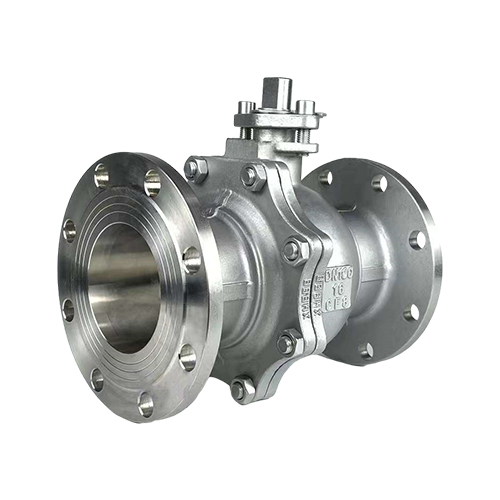different types of flow control valves
Different Types of Flow Control Valves
Flow control valves are essential components in various piping systems, playing a critical role in managing the flow of fluids. They are used in numerous applications, including water supply systems, hydraulic machinery, and various industrial processes. Understanding the different types of flow control valves is crucial for selecting the right valve for a specific application.
1. Globe Valves
Globe valves are one of the most commonly used types of flow control valves. They have a spherical body with an internal baffle that divides the flow into two directions. This design allows for effective regulation of flow levels and pressure. Globe valves are suitable for applications requiring frequent adjustments, as they provide excellent throttling capabilities and maintain a steady flow rate. However, they can cause higher pressure drops due to their design.
2. Ball Valves
Ball valves are known for their simple design and ability to provide a tight seal. They consist of a spherical disc (the ball) that controls flow. When the ball's hole is aligned with the flow direction, the valve is open; when it is perpendicular to the flow, the valve is closed. Ball valves are ideal for quick shut-off applications but are not typically used for throttling purposes since they do not offer fine control over flow levels.
3. Butterfly Valves
different types of flow control valves

Butterfly valves use a rotating disc to control fluid flow. They are relatively lightweight and compact, making them suitable for applications with limited space. These valves can be used for both throttling and shut-off applications, although their performance in throttling is generally not as effective as globe valves. Butterfly valves are particularly popular in large pipelines and water treatment plants due to their efficiency and ease of operation.
4. Check Valves
Check valves, also known as non-return valves, allow fluid to flow in one direction only. They prevent backflow, which can cause damage to pumps and other equipment. While they do not control flow in the traditional sense, they play a vital role in maintaining system integrity and functionality. There are various types of check valves, including swing check valves and ball check valves, each designed for specific applications.
5. Pressure Relief Valves
Pressure relief valves serve a safety function in fluid systems. They automatically release pressure when it exceeds a certain level, preventing potential damage to equipment and ensuring system safety. These valves are critical in applications involving pressure vessels, boilers, and pipelines, where excess pressure can lead to catastrophic failures.
Conclusion
Selecting the appropriate flow control valve is crucial for the efficiency and safety of any fluid handling system. Whether it’s a globe valve for precise throttling, a ball valve for quick shut-off, or a check valve for preventing backflow, each type has its specific applications and advantages. Understanding these differences allows engineers and technicians to make informed decisions that enhance system performance and reliability. Proper maintenance and selection of flow control valves can significantly impact the overall efficiency of industrial processes, ensuring that operations run smoothly and safely.
-
The Versatility of Ball Valves in Fluid Control SystemsNewsJun.10,2025
-
The Practical Benefits of Centerline Butterfly ValvesNewsJun.10,2025
-
The Benefits of Bellows Seal Globe Valves for Industrial SystemsNewsJun.10,2025
-
The Advantages of Offset Butterfly ValvesNewsJun.10,2025
-
Ductile Gate Valves: Strong, Reliable, and Essential for Every SystemNewsJun.10,2025
-
Cast Iron Gate Valves: A Reliable Solution for Every SystemNewsJun.10,2025
-
Why Choose a Brass Gate Valve for Superior Performance and DurabilityNewsMay.09,2025




